| There are times when many of us look at our food budgets and despair. A relentless parade of jacket potatoes, rice and baked beans stretches out into the future and we wonder if we’ll ever cook anything interesting ever again. I know the feeling, so I was pleased to find this dish, which is simple, quick, and tastes unlike almost everything else on my “fairly cheap vegan recipes” list. Perhaps it could make an interesting addition to your family cookbook, too. This quantity serves four quite easily. My recipe is adapted from a recipe on cookieandkate.com. Ingredients
Method
I wrote about this dish a year ago in the Hastings Independent. I didn't blog about it at the time and then it wasn't the right weather for stew . . . but it's a perfect winter dish, so here you go! |
|
0 Comments
The Ramblers has launched a campaign to walk every footpath, bridleway and byway in England and Wales by the end of 2015. The Big Pathwatch makes it easy for members of the public to “adopt” an area, log their walks and report any problems or positive features they find. The Big Pathwatch is the biggest ever on-the-ground survey of English and Welsh rights of way. This ambitious campaign aims to build a national overview of the state of our path network. The Ramblers wants to gather reliable, consistent data about frequently encountered path problems and the severity of these problems. While rapid undergrowth in summer and mud in winter can be addressed relatively easily with a pair of secateurs and sturdy boots, other issues are not so simple to overcome. Lionel Pringle, Treasurer of the Rother Ramblers, said, “Broken and difficult to negotiate stiles and footbridges, excessive use of barbed wire and blocking of paths with farm machinery and various forms of detritus can deter the average walker. The Big Pathwatch should help pinpoint any of these problems in our area and bring them to the attention of East Sussex County Council, who have a legal responsibility to ensure that our public rights of way are accessible.” The Ramblers hopes the survey data will highlight patterns of footpath problems within and across different highway authorities. This is particularly important as continued central government cuts to county council funding have seen many areas direct resources away from rights of way maintenance. But it’s not all doom and gloom! The Big Pathwatch app is also designed to celebrate the beauty and wonder of our countryside and rights of way, so data on positive features is also being collected. Participants are encouraged to upload photos and notes about great views, well-maintained paths, sites of interest, flowers and wildlife. The survey is open to everyone, and the Ramblers hopes that many of the UK’s six million walkers will take part. “The larger the number of people who participate in this initiative, the more clout the Ramblers will have in seeing the project through to a satisfactory conclusion for all,” said Mr Pringle. After registering for the Big Pathwatch, walkers choose a 1km by 1km square (based on Ordnance Survey data) and walk all the rights of way within that square. People can adopt up to 10 squares at a time in England and Wales - whether in their home parish or near their summer holiday destination. Walkers then record any features, as well as the general state of the path/s within the square, using the Big Pathwatch smartphone app or the online form. (There is also an option to report features without adopting a whole square, for example, if someone is out on a walk and encounters a broken stile or overgrown path. This data won’t be included in the Big Pathwatch report, but any problems will be forwarded to the relevant highway authority to look into.) The Big Pathwatch runs until 31 December 2015 and the Ramblers will be publishing their findings in spring 2016. Register here, or find updates on social media using the hashtag #BigPathwatch. This article was first published in the Hastings Independent, Issue 36, 7 August 2015, p5. A sunny Sunday in May saw around 50 people turn out to take part in the Big Hastings Beach Clean, organised by the community group Clean Seas Please. The beach clean was part of the community’s attempt to improve beach water quality in the area and meet the new bathing water standards. Volunteers spread out along the beach from the Stade to the Pier, armed with litter pickers, rubbish bags and gloves. By the end of the morning, Clean Seas Please reported that 10 full and several part-filled bags had been returned, while people continued clearing the beach well into the afternoon, all the way through St Leonards to Grosvenor Gardens. Clean Seas Please volunteers were pleasantly surprised by the state of the beach, not finding as much litter as they expected. Volunteers reminded each other that each piece of plastic or rusty metal was one less risk to birds, fish, animals and other beach users. But participants did have a bone to pick with dog owners, as canine faeces featured rather heavily along the shore. Jessica Fay, from Clean Seas Please, said, “Dog poo is a tragic sight to spoil any location, whether it's on the pavement, in the local park or on the beach. It's not hard to simply put it in a bag and in one of the bins along the beach.” Dog faeces contains a large amount of Escherichia coli (E. coli), one of the things tested when measuring water quality. Last year, when the Environment Agency warned that Hastings beach might fail the new water quality tests, Hastings Borough Council and community groups including Clean Seas Please sprang to action. As well as the movement to clean visible litter from the seafront, Southern Water has undertaken an extensive programme of sewer investigations and improvement work, while Hastings Borough Council has focussed their efforts on cleaning up the stream that flows into the sea at Hastings beach. The stream, which runs through Alexandra Park, was one of the sources of pollution in previous water quality tests. “We found that some houses were wrongly discharging waste water into this stream because of bad plumbing, and this has now been corrected,” explained Council spokesperson Kevin Boorman. “And we are taking action to enhance the quality of the water by improving its natural filtration, through the use of reed beds.” Hastings Borough Council is now “optimistic” that Hastings will meet the new bathing water quality standards in 2016. Clean Seas Please thanked the volunteers who attended the beach clean, as well as more than 300 people who shared the event on social media. Jessica Fay noted, “Raising awareness is the first milestone for our campaign and support like that makes it all worth it.” A version of this article first appeared as "We cleaned the beach! Now dog owners need to clean up their act" in the Hastings Independent, Issue 31, 29 May 2015, p10. Here's a selection of my articles previously published in the Hastings Independent. Hastings Children’s Library manager Pauline Crouch has retired after 40 years’ service. I spoke to her about her decades of experience and plans for the future.
Forty years of change: fun, filing and fundingSo, what’s changed over the years? For a start, Pauline has noticed a dramatic shift in the reading habits of her young customers. “Reading used to be one of their main sources of entertainment, but now there are so many other things to do.” Children also demand more from story time. “Someone sitting on a chair reading a pile of picture books doesn’t cut it any more,” she smiles. “That’s why I was always trying to include other activities, games, crafts - something to catch their attention.” But children still come to the library, and Pauline believes that one thing has remained constant: everyone loves a good story. Library work has also changed considerably since the 1970s. Back then, the Children’s Library didn’t open until after school hours. “People often wonder what I did during the day, but you have to remember that everything was done manually back then,” Pauline explains. “Placing reservations was time consuming and keeping the catalogue up to date was a laborious task. Each book had its own numbered card and it all had to be filed - accurately! - by hand. If one card was out of place it took hours of searching customers’ tickets to sort out the mistake.” When the first computer system arrived, staff spent days sticking barcodes into books. At the end of each day, lending data was recorded onto a spool of tape and sent off to the main computer, which Pauline recalls “looked like a big washing machine.” Funding levels for the library have dipped and peaked over the last few decades, too. “There have been good times with plenty of funding to promote reading to children of different ages,” Pauline tells me. Hastings Children’s Library has also been fortunate to have a separate location since 1979, which has meant more space and flexibility for activities. “But with every tough time, we’ve had to reduce activities and services,” notes Pauline. “And I’ve never witnessed it as bad as it is now.” Are the current restructures and cuts one of the reasons she’s leaving? “The honest truth is that I probably wouldn’t have retired quite this early had the situation not been changing at work,” Pauline tells me. “But the job brought me a lot of satisfaction and pleasure and now I am about to embark on another adventure.” A new chapter, a new adventureFor Pauline, this adventure includes time painting in the little studio at the bottom of her garden. She cites Helen Oxenbury, Michael Foreman, Inga Moore and Barbara Firth as influences, and she hangs Quentin Blake illustrations on her walls. Pauline is also inspired by the natural landscape, getting out for long walks around Hastings and the “truly wild” places of the Peak District and Yorkshire when she can. Her pencil and watercolour illustrations appear in Glenda Quinnell’s The Tooth Recycler, as well as Pauline’s own Find and Seek Trails, a series of Hastings walks with clues and puzzles for children to solve. She is typically modest about her publications, but they have been popular among customers. Her sweet pictures of mice are also much-loved by her friends and colleagues, who hope she can find a publisher for them. Pauline also has plans for art shows, craft projects and charity events. But the Hastings Children’s Library will always hold a special place in her heart. Pauline still remembers the shiver of excitement she felt when she first picked up The Snowman by Raymond Briggs back in 1978. “At that moment I just knew that sharing the love of stories and illustrations with children, being able to encourage them to read for pleasure and introducing them to new authors and illustrators was what I wanted to do. Imagination fuels discovery, invention and creativity. That’s why the library service is so vital. It’s not just about the books, but the expertise, the encouragement, the enthusiasm you find there.” Indeed, I think. These are qualities Pauline has in abundance. I ask Pauline if she has a message for all the people she’s inspired over the years. “Where did all the time go and how can I possibly be old enough to even contemplate it?” she says. “Thank you to everyone, staff and customers, who have made my almost forty years at the Children’s Library so wonderful. I hope I have instilled a passion for stories in several generations of children. Keep reading, everyone!” Addendum, November 2018: Sadly, Pauline died this month. She will be missed. Thank you to Pauline for sharing her story! A shorter version of this article titled "New chapter for librarian Pauline" first appeared in Hastings Independent, Issue 29, 1 May 2015, page 11.
Have you ever stood on West Hill on a bright morning with the sun glinting on the silver sea, looked out over the ruins of Hastings Castle and thought about extending your weekend walk… maybe all the way to Scotland?  Destination: Cape Wrath Lighthouse (Photo by Bruce McAdam) North by Northwest 800 ChallengeA new adventure challenge takes Hastings Castle as its starting point and ends at Cape Wrath Lighthouse on the northwest tip of Scotland. It’s a distance of over 700 miles as the crow flies, or around 800 miles by the most direct road route. But the North by Northwest 800 Challenge (NNW800) is not a race and there is no prescribed route. Nor is it focused on endurance, strength or Bear Grylls-style wilderness survival - in fact, it is open to walkers, motorcyclists, vintage car enthusiasts, mountain or road bikers, horse riders, skaters and anyone in between. Instead, the challenge encourages participants to use the experience to document their journey in a short film or photo essay and create a unique, cross-section portrait of England and Scotland. 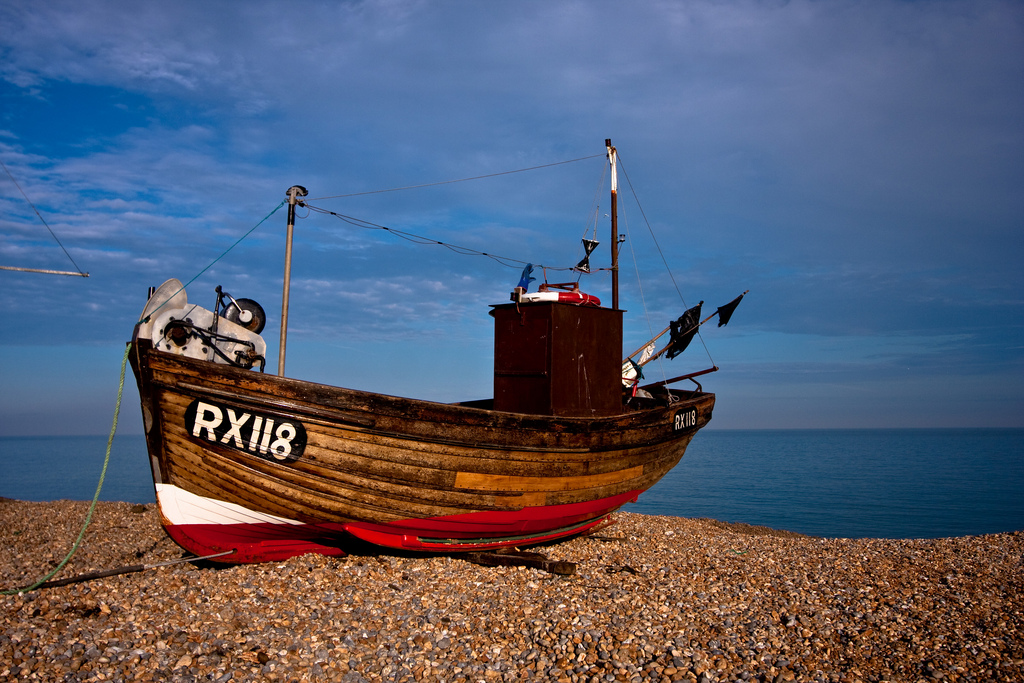 The Hastings boats are eager to get going... are you? (Photo by Elvin) Learn something new and share your discoveriesIain Harper, the brains behind NNW800, has a good reason to include artistic creation as part of the challenge. “People undertaking adventurous trips often become very focused on the physical challenge of getting from point A to point B,” he says. “There’s absolutely nothing wrong with that, but it potentially misses the opportunity to get under the skin of the communities and landscapes being travelled through, to learn something about them and then to share those discoveries with a wider audience.” Iain hopes that participants will choose to focus on a theme or topic close to their hearts. “How about looking at attitudes towards issues like climate change, sustainability, green energy, population growth or community?” he writes on the NNW800 website. “Alternatively, you could think of a sweepingly-open philosophical question to ask everyone you meet to answer in a single sentence.” Based in Hertfordshire, Iain originally conceived the Hastings-Cape Wrath challenge as a personal cycling expedition in 2013. He planned to explore attitudes towards climate change across the country. “I arranged to visit all sorts of wind farms, exploratory fracking sites, nuclear and conventional power stations,” he says. “Then my appendix burst while on a training ride, life got in the way for a while and the trip didn’t happen.” But the concept stayed with him. “It seemed like an idea with proverbial ‘legs’ and I was keen not to let it go to waste,” Iain explains. So, he added a page to his adventure news website and launched the challenge quietly in January this year. “Feedback from the adventure travel community has been very positive so far,” he says. “I’ve had a few people get in touch already to say they’re thinking about doing it.” 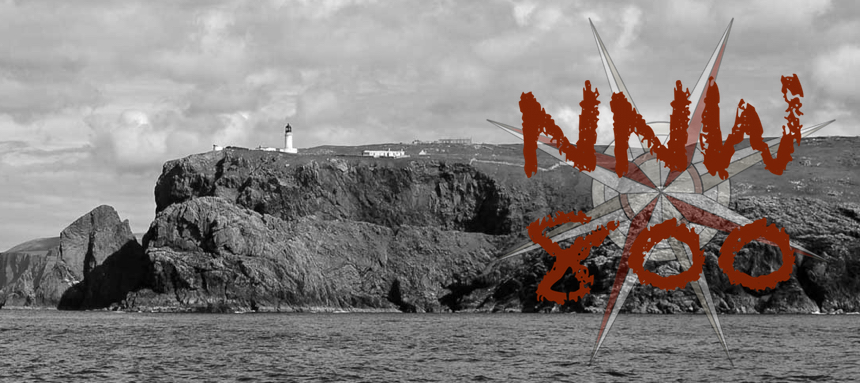 I would walk 800 miles... (Image courtesy of Endeavour 360) The way is straight, but not narrowApart from the added element of creative production, there’s only one other guideline for completing NNW800: travel on or close to the straight line between Hastings and Cape Wrath. Having said that, Iain acknowledges that there will be a few notable detours on the way from the English Channel to the northwestern tip of mainland Britain, where the Atlantic Ocean meets the North Sea. Most participants won’t fancy swimming 22 kilometres (17 miles) across the Firth of Forth, nor diving into the River Thames or the other rivers, inlets and lochs that intersect the route. He also imagines that most people will do the challenge in April-May or August-October, “to avoid any high summer temperatures and the worst of the Highland midges.” So, next time you stand up by Hastings Castle on a fresh morning, why not turn your face north by northwest and, with the sun on your back, take the first step towards Scotland? Are you up for it? For more information, visit the NNW800 website or follow the NNW800 Twitter account. This article first appeared in Hastings Independent, Issue 24, 20 February 2015, p4. A simple but delicious spinach dish that can be eaten plain with rice or with added paneer, tofu or cream. The first time I made saag paneer, I tried to do it from scratch. The home-made paneer (cheese) was a bit of a disaster because it melted into goo when I fried it, but I was still hooked. The following dish forms a great base for saag paneer or saag tofu, but it’s also delicious served by itself - we call it “saag pa-nearly”. It’s one of my favourite comfort foods: tasty, nutritious and easy to make. Ingredients
Method
This recipe first appeared in Hastings Independent, Issue 23, 6 February 2015, p8. National Numeracy charity launches campaign in Hastings.
National Numeracy was founded in 2012 to address these issues and improve numeracy skills throughout the UK. The East Sussex-based charity is about to launch a special campaign in Hastings, noting that the town’s record of low-level skills, high unemployment and low incomes are all factors that align with poor numeracy. Starting on Monday 9 February, National Numeracy will be dropping off leaflets across Hastings and St Leonards, talking to community groups and encouraging people to take the National Numeracy Challenge Online, a free service to help people improve their everyday maths skills. As well as helping to improve people’s numeracy skills, National Numeracy aims to change attitudes to maths, showing how maths is used all the time in daily life, and how everyone can improve their numeracy skills with effort and support. “Being numerate means being able to use numbers and think mathematically, which is essential for so many aspects of everyday life and work,” says National Numeracy’s chief executive Mike Ellicock. “The National Numeracy Challenge is responding to this need and enabling everyone to start to improve their maths.” The charity notes that poor numeracy can make it hard to manage chronic health conditions like asthma and diabetes, while people with lower numeracy skills can struggle to manage their money and are more likely to get into a spiral of debt. Better numeracy skills can also increase employment opportunities. Mr Ellicock adds, “To anyone tempted to say ‘I can’t do maths’, we say, ‘Yes, you can’.” This article first appeared in Hastings Independent, Issue 23, 6 February 2015, p13. I wrote this as a follow-up to my previous article about the Hastings Conquerors in the Hastings Independent. The 'rookie days' mentioned in this article have now been and gone, but the club is still interested in hearing from anyone keen to get involved.
Forthcoming taster sessions will be held in Hastings (Tilekiln Rec) from 10am on Sunday 18 January and Battle (Battle Sports Centre) from 11am on Sunday 25 January. Anyone keen to take part needs to wear suitable footwear for grass or 3G (artificial turf), appropriate clothing (tracksuit bottom and a top) and bring a bottle of water and a positive attitude. There will also be a sign-up evening from 7pm on Saturday 31 January at Riley’s Sports Bar in Hastings. Its not just on the pitch that the club is looking for new members. “We need people to help on the sidelines on the chain crew, coaching assistants, camera operators, statisticians and so on,” said Mr Boorer. “Without these people, teams wouldn't be able to run. We are also on the lookout for new shareholders.” The Conquerors is a fan-owned, co-operative club, which means all supporters can purchase shares. Each shareholder owns one share and thus has one vote when it comes to decision making time. “It's our shareholders who make us the fantastic club that we are,” said Mr Boorer. “They are a great bunch of people who really are keen to see the club grow and flourish. We have shareholders from the UK to Norway and Hong Kong too, which just shows you don't have to be a local to get involved!” A share costs £30 initially, but the club recently made the decision to drop annual renewal costs to £10. The club hopes this will encourage more fans to continue their membership. Shareholder Liaison Officer, Clive Raines, said, “The club wants to keep its supporters engaged for years to come and build on its current strong standing.” For more information about playing with the club, email [email protected]. To find out more about shares contact [email protected]. This article first appeared in Hastings Independent, Issue 22, 23 January 2015, p14. East Sussex County Council is running a survey to find out how people use open access land and the county’s 2,000 miles of public rights of way. But a spokesperson from the local Ramblers group says the paths are not being adequately maintained and are "under serious threat."
ESCC’s factsheet about the consultation says the council is "not proposing any changes at the moment" to countryside management. "As with all services provided by the county council, we are constantly reviewing how they are managed," said Cllr Carl Maynard, lead member for transport and environment. However, Mr Pringle argued that the council’s current maintenance of public rights of way is inadequate. "A meagre staff and even more meagre budget" designated by ESCC to rights of way has meant paths are becoming "increasingly difficult" to use, said Mr Pringle. "The upkeep of these footpaths is right at the bottom of the heap when it comes to county council priorities," he said. "2,000 miles of rights of way in our county are under serious threat." Public rights of way include public footpaths, bridleways and byways. These are subject to the same legal protection as all other highways, including trunk roads. As our local highway authority, ESCC has a duty to protect the rights of the public to the use and enjoyment of paths in the Hastings area. The council is legally responsible for maintaining the surface of paths, including bridges, and keeping them free of overgrowth. Public rights of way around Hastings can be found on the ESCC website and on Ordnance Survey’s Explorer Map 124. The survey can be accessed here and a paper copy is available from local libraries. The survey is available in large print, Braille and languages other than English by calling 03456 080 193 or emailing [email protected]. This article first appeared in Hastings Independent, Issue 21, 19 December 2014, p7. Is there anything cosier than sitting by a log fire, maybe after a brisk winter walk, sipping a mug of piping hot mulled wine? Possibly. Nevertheless, it is one of my favourite things about winter in the UK! You can get mulled wine pre-mixed in a bottle or you can get sachets/bags of spice to add to your own wine, but making it from scratch is easy. For a non-alcoholic tipple, use fruit juice like orange, apple or grape instead of wine. The following recipe produces an exceptionally fiery brew, so adjust according to your tastes. Ingredients
Make some magic
I discovered while researching different mulled wine recipes that there is a large contingent of people who don't like mulled wine at all. Are you one of them? Explain yourself! This recipe was first published as "Fiery mulled wine" in Hastings Independent, Issue 21, 19 December 2014, p9. The annual Hastings Youth Awards celebrates and showcases the achievements of young people in Hastings and St Leonards. This year’s ceremony, held in November, was attended by over 400 people.
Youth groups, schools, charities and community organisations were nominated for awards by members of the public, and winners included Respond Academy, aGender and Pestalozzi. Individual award recipients included two members of South East Movement, for victory in the Hastings Got Talent contest. Tenzin Dophen, a Tibetan student who attends Sussex Coast College Hastings and is sponsored by Pestalozzi, was recognised for his work with the Students for a Free Tibet campaign. "It is very encouraging and motivational to be recognised in Hastings for our work to spread awareness about the plight of Tibetans living in Tibet,” he said. “I was really glad to see the support from the Hastings locals and also lots of cultures and talents represented. Together, we strive to create a better world through mutual understanding and respect amongst people from different backgrounds and cultures.” Exciting performances kept the audience entertained, with cheerleaders from South East Stars and poets from the Bangladeshi Association both enjoying the spotlight. Local band Watertight played during the intermission and closing acts. Lauren Fry from HYA partner Sussex Coast College Hastings, said, “The Hastings Youth Awards is a great opportunity to celebrate the success, bravery and determination of the young people in our county and we are proud to be linked to such a prestigious awards evening.” Other partners for this year’s awards included Hastings and District Interfaith Forum, SPARK and Many Voices One Hastings. This article first appeared as "Awards celebrate youth achievements" in in Hastings Independent, Issue 20, 5 December 2014, p4.
I’m sitting in the window at the front of Hastings Library, staring at the rain, headphones on, deep in a good book. I’m not reading, but listening to a young man who, in 2012, got a call at work. “I said, ‘No, it’s fine, you can tell me over the phone’ . . . I just wanted to crack on with my day . . . There was a pause and they said, ‘You are positive, you do have HIV.’ And I’m sat there at my desk thinking, You need to control this, there are people all around you, they’re your colleagues . . . For a split second you almost don’t think it’s actually happening, this phone call isn’t quite real.” I am there with him on the precipice, imagining myself at my own desk, in my own workplace. How would I react? His narration makes me feel it in my gut, in my heart. This is not the strange word I vaguely misunderstood when I was a child in the 1980s, it’s not the academic papers I read at university, it’s not a poster in my doctor’s waiting room. This is someone just a few years younger than me, living and working somewhere in Sussex. His HIV+ diagnosis feels urgent, immediate. Speaking Volumes is a project that aims to combat misconceptions and ignorance about living with HIV. Project participants attended creative art and storytelling workshops, then recorded their stories. These fifteen recordings are inserted into hollowed-out books and illustrated with participants’ artworks, each book displayed on the Speaking Volumes shelf. The volumes are broken into chapters, or audio tracks, based on themes such as diagnosis, treatments and side effects, sex and relationships, work, spirituality, isolation and support. Visitors to Hastings Library in October could take a book from the shelf, a set of headphones from the box beside it, and listen to diverse life stories of Sussex-based men and women living with HIV - aged from their 20s to their 80s, parents, people with disabilities, hailing from the UK and around the world. “The project was particularly relevant to Sussex,” says Speaking Volumes Project Manager and Director Alice Booth. “It's an area where there is higher prevalence of HIV than the national average - especially in Brighton and Hove, but also in Hastings.” The project was inspired by human libraries, where people who have encountered stigma or oppression can be “borrowed” to talk to a member of the public about their experience. “I thought this was a great idea and would be a brilliant thing for HIV positive people to do,” says Alice Booth. “But I was aware that the stigma associated with the condition meant that lots of people who would like to share their story would be reluctant to appear in public.” Sitting in the library under a sign saying “HIV stories”, amidst posters encouraging me to get tested for HIV and booklets with numbers to call for HIV support, I get a tiny hint of what that stigma could be like. There’s nowhere private to turn and wipe my eyes when I hear from people who saw almost all their friends dying around them in the 1980s, about people disowned by family members, from someone who was deported from Taiwan for being HIV+ and has been living apart from his partner ever since. I feel exposed. However, for every negative experience in Speaking Volumes, there seems to be a positive. While the deeply personal stories resist neat narratives about progress, one of the overarching themes to emerge is the extraordinary change in attitudes towards and treatments of HIV in the UK over the last three decades. “The general public, I feel, still do not realise that HIV is no longer a death sentence,” says a participant named Scott. “They need to be educated . . . people need to know.” The installation at Hastings Library marked the project’s first East Sussex exhibition location. Abigail Luthmann, Equal Access Manager for ESCC libraries, says, “For libraries, stories are what we are about - factual or fictional. Listening directly to someone’s own story is a very powerful way to understand a different perspective and experience of life. As some of the participants are East Sussex residents we are particularly pleased to be able to host it.” This article first appeared as "Speaking Volumes at the library" in Hastings Independent, Issue 18, 7 November 2014, p18. The UK’s first ever fan-owned, co-operative American football club is aiming to score big time with an application to join the national league next season and the imminent launch of their local youth programme.  Hastings Conquerors in action. Photo by Ree Dawes courtesy of Hastings Conquerors AFC. Hastings Conquerors American Football Club was established in April 2013 to take local interest in the sport to the next level. As newcomers, the team has just undertaken what is known as an associate season to prove it is financially viable and capable of fulfilling fixtures and hosting games. Now, with the 2014 season almost over, the club’s plans and financial records have been submitted to the national governing body and the team hopes to enter national competition in 2015. As well as trying for the national spotlight, Hastings Conquerors wants to expand local interest and participation through its community and youth programmes. The club recently teamed up with Bexhill College to bring 10 free American football training sessions to students. Hastings Conquerors Chairman Chris Chillingworth hopes the Sport England funded sessions are the beginning of something bigger. “We would absolutely love for Hastings to become an American Football town here in the UK,” said Mr Chillingworth. The Bexhill sessions are giving coaches a chance to warm up for the Conquerors’ youth programme, set to kick off in January. The programme will be open to boys and girls aged between 16 and 19, offering teenagers a chance to attend regular training and possibly entering into a league. Luke Boorer, the club’s Commercial Manager, noted, “This is just the first step. We want to make the sport of American Football a complete family affair.” Hastings Conquerors was the first co-operatively run American football club in the UK (the Aberdeen Roughnecks have recently followed suit). Mr Boorer explained, “This means we are owned by our fans, for the fans, by the fans.” A share in the club can be purchased for £30 per year, and shares are limited to one per person. “One owner, one share, one vote,” said Mr Boorer. “No one person can ever own the club.” Shareholders choose a committee to see to the day-to-day administration of the club, with bigger decisions voted on by shareholders themselves. “We’re very proud of the way we operate,” said Mr Boorer. “I think our club is run in the best possible way.” American Football is one of the fastest growing sports in the UK, due to the NFL’s investment in the sport in this country. Hastings Conquerors and Sussex Thunder represent the South East along with three teams from Kent and five in the London area. There is also a national universities competition, won last year by Brighton Tsunami. Hastings Conquerors would like to hear from locals interested in volunteering, playing or coaching – regardless of their level of expertise. “Most of our players, when they started, knew very little about American Football,” noted Mr Boorer. The club also want so set up a discount card to help connect shareholders with local businesses, and would like to hear from interested businesses. Get in touch (down)!
This article first appeared in Hastings Independent, Issue 16, 10 October 2014, p12. |
In which IIn which I do things and write about them In which I tag
All
In which I archive
July 2022
|

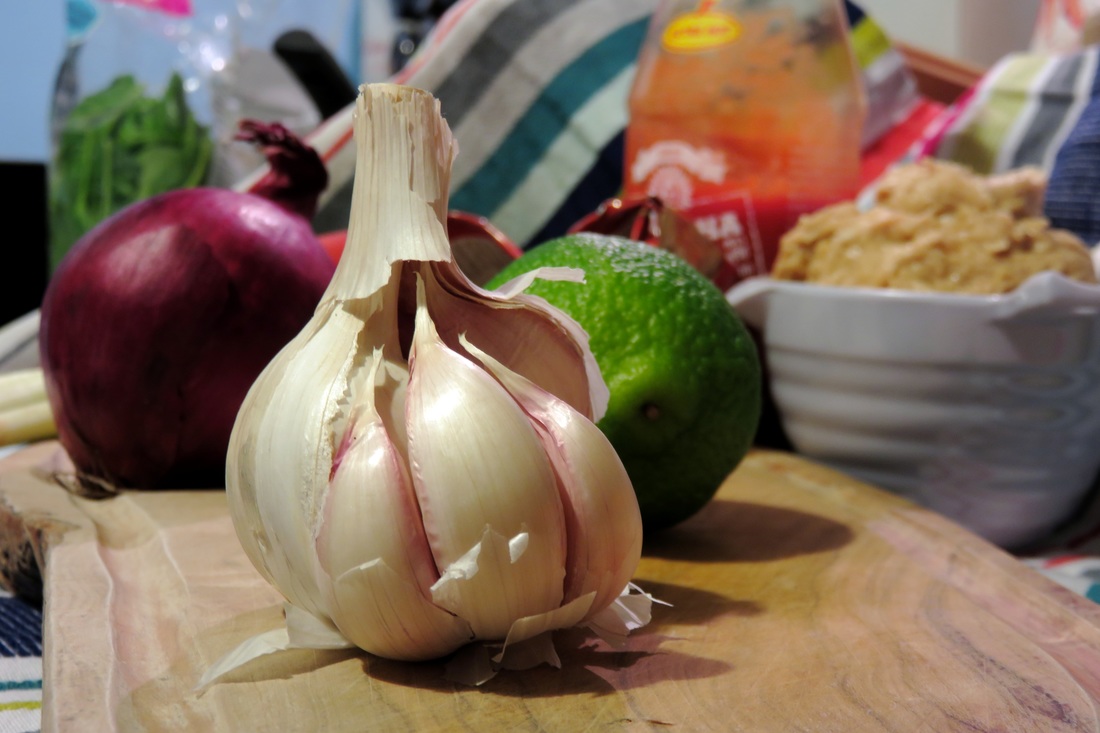
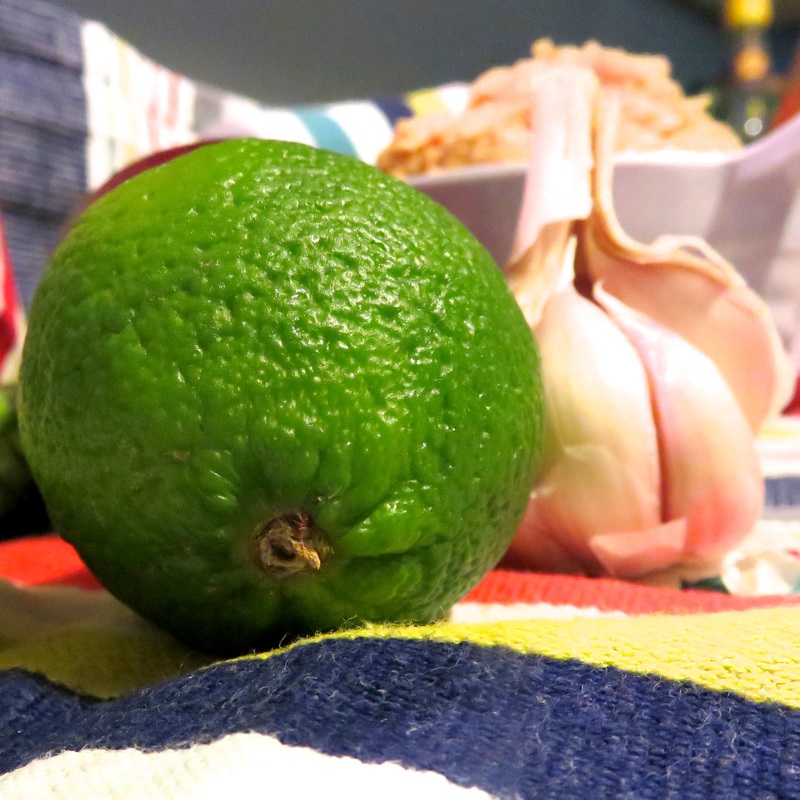

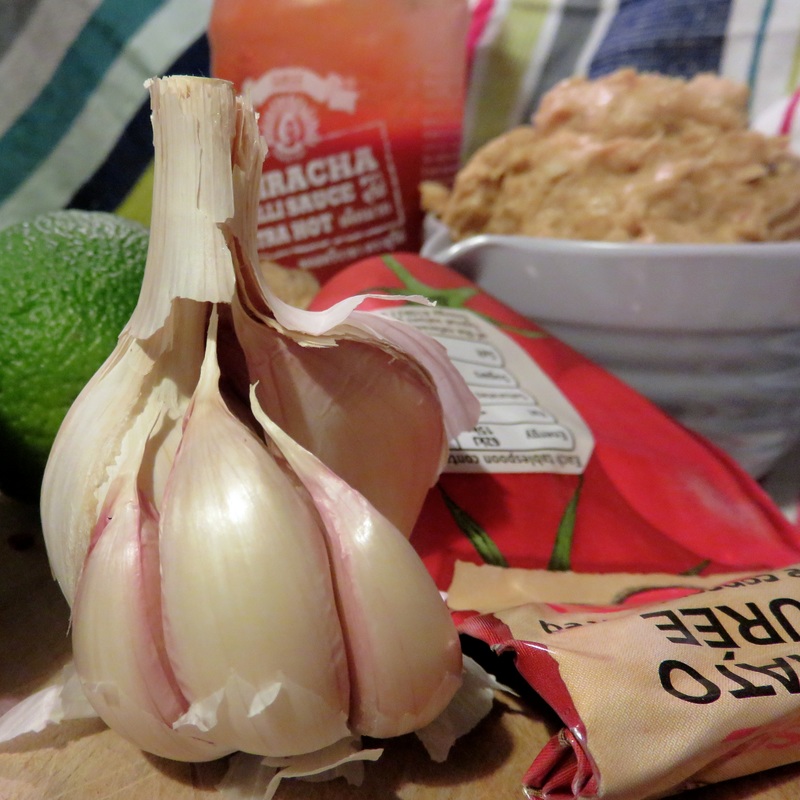
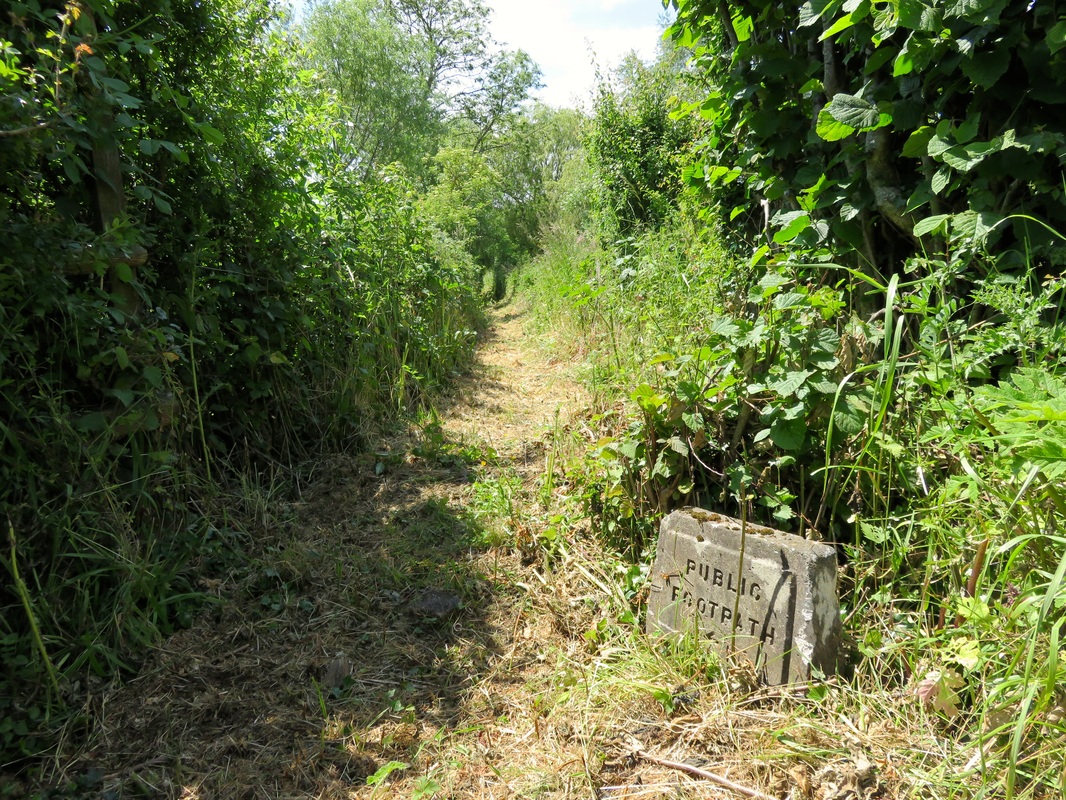
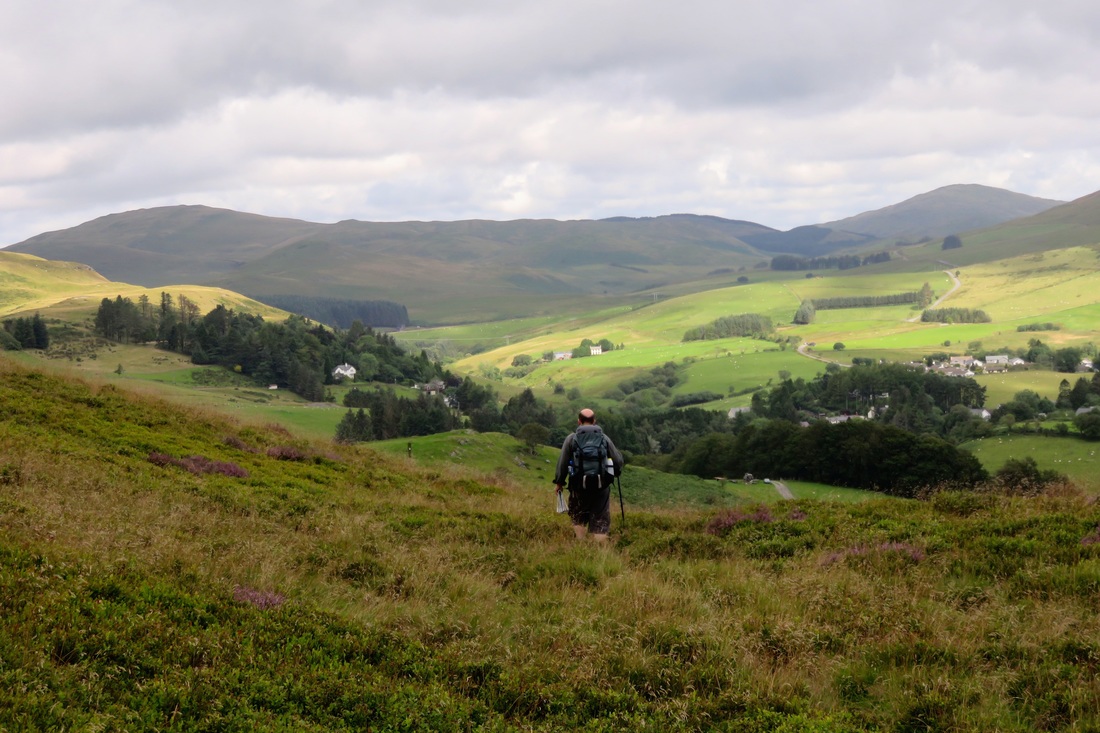

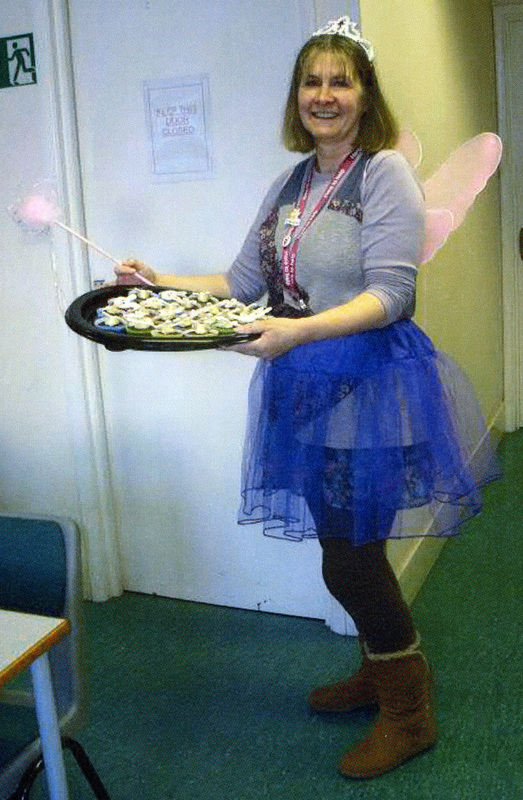
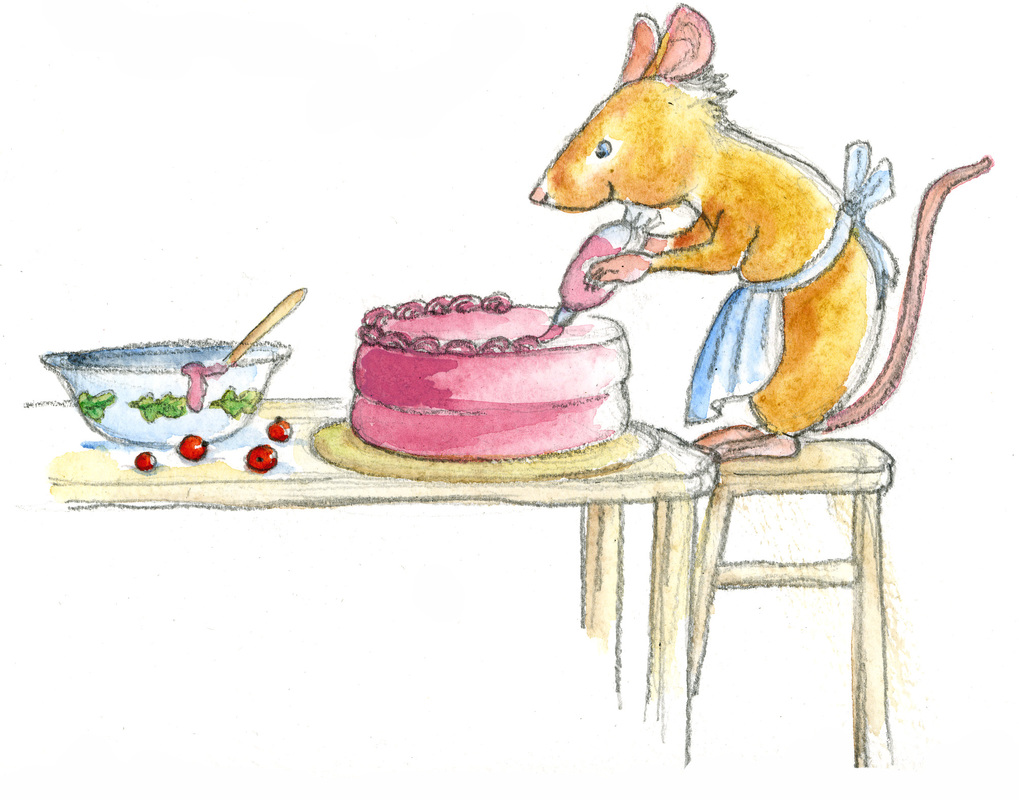
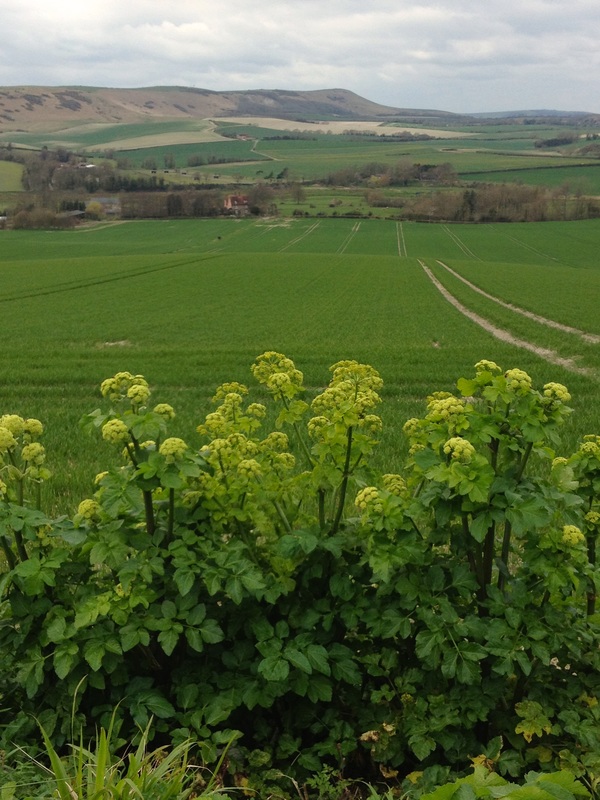
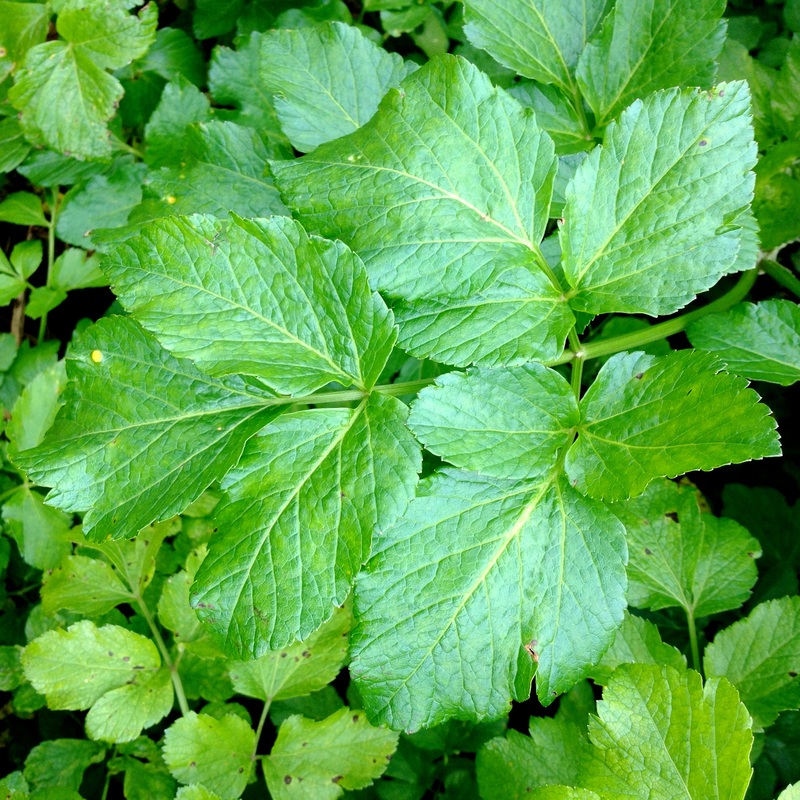
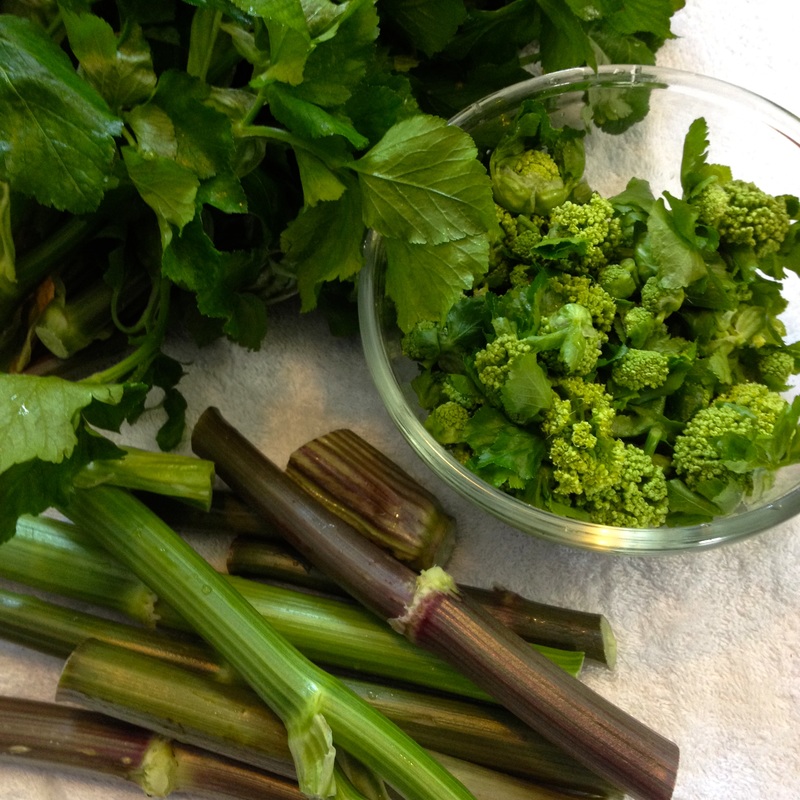

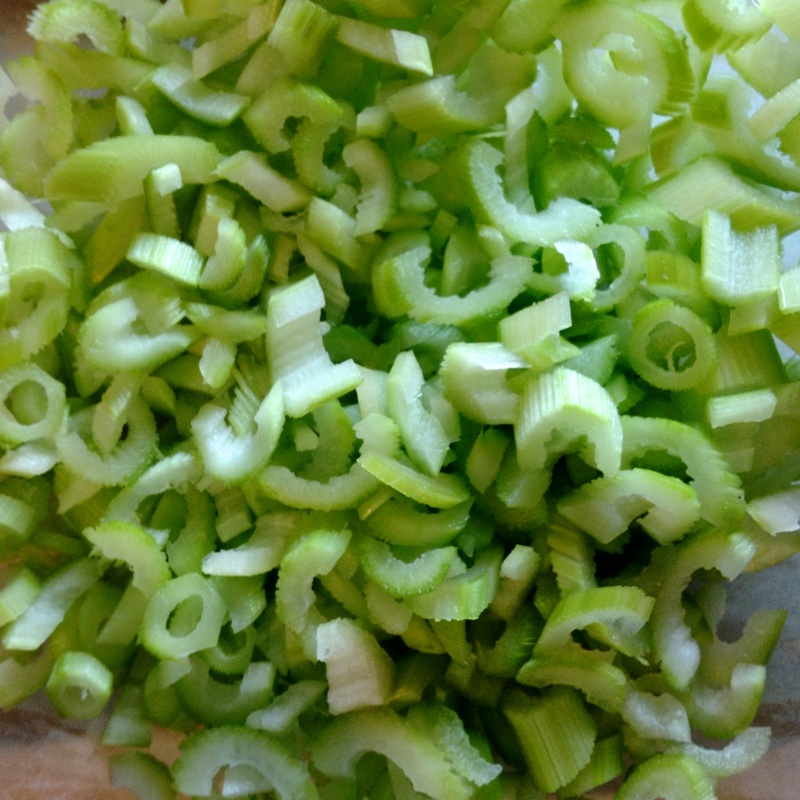

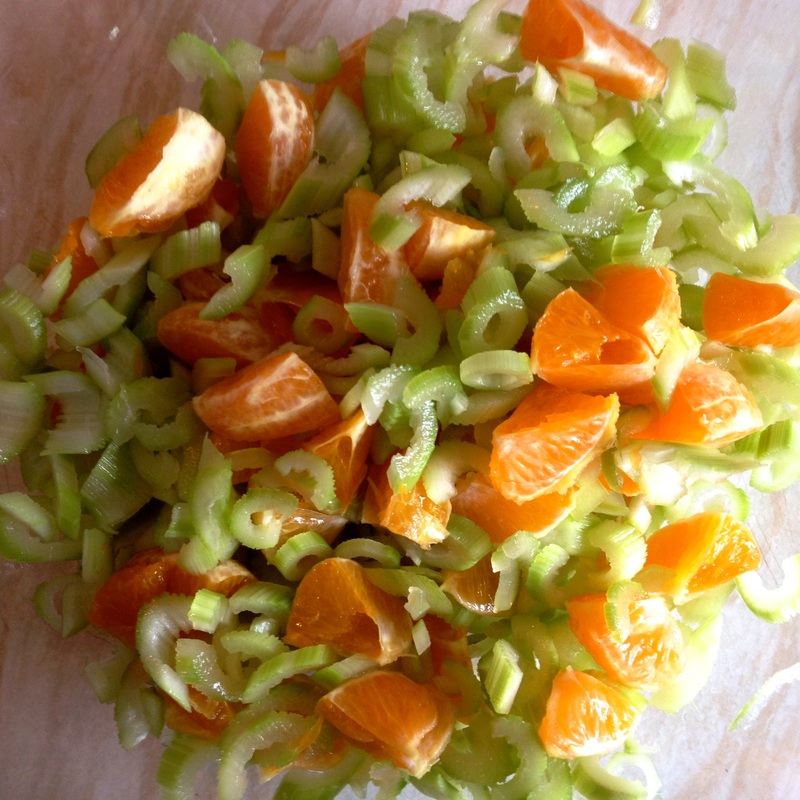

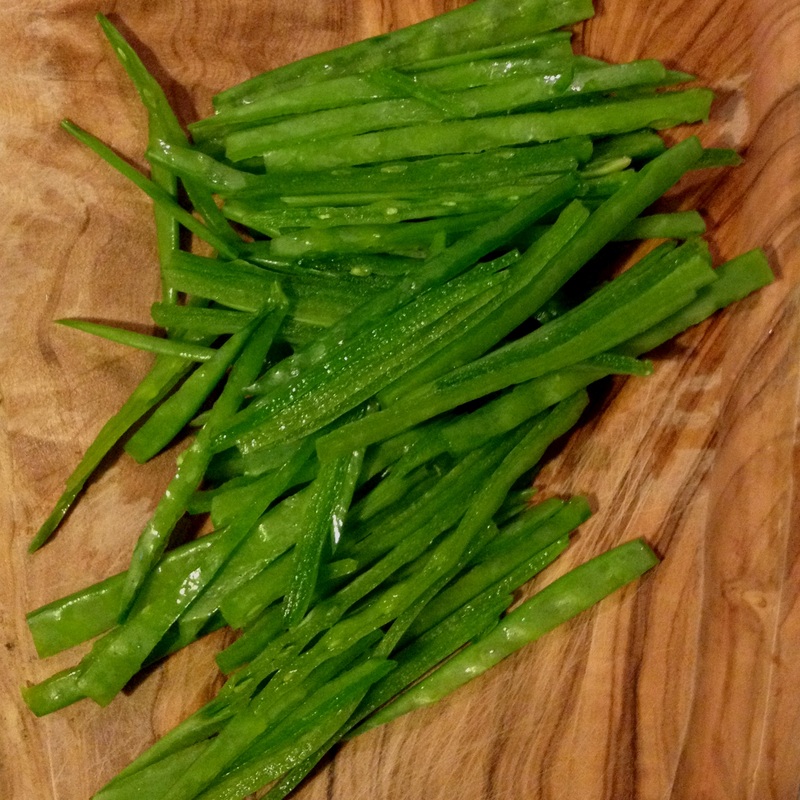
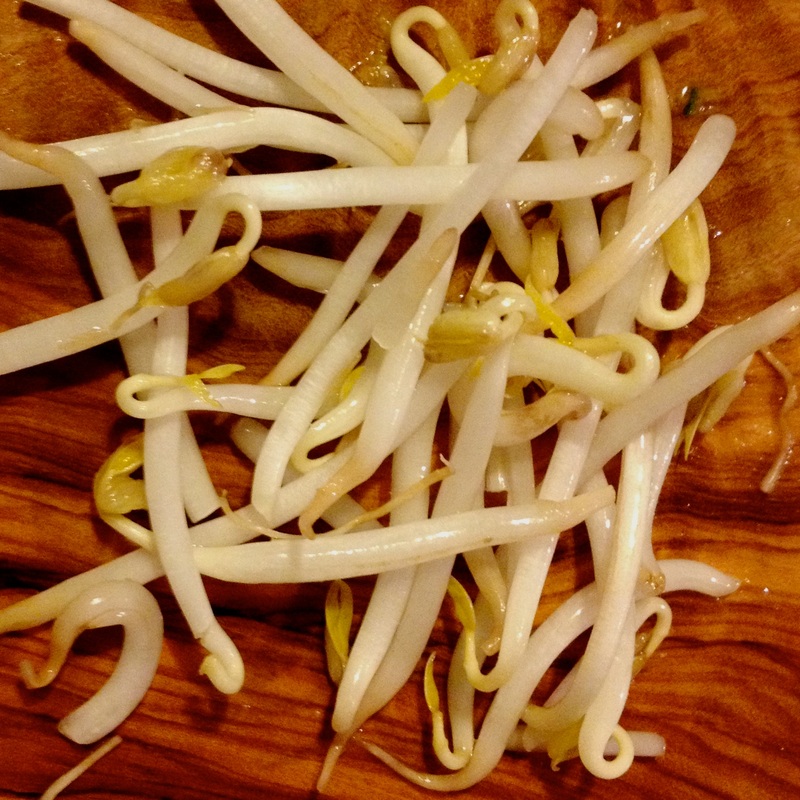
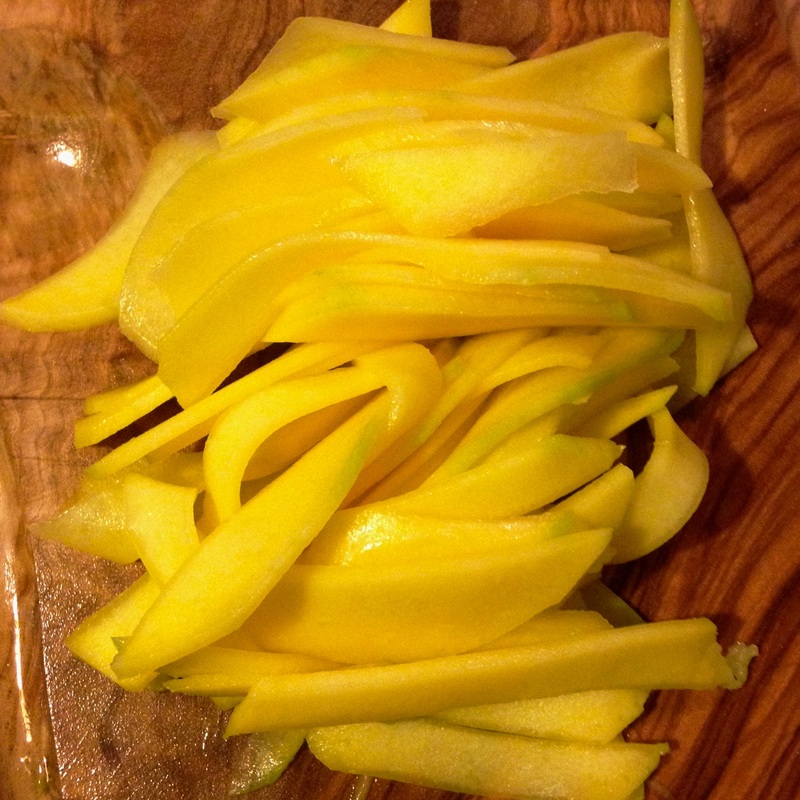


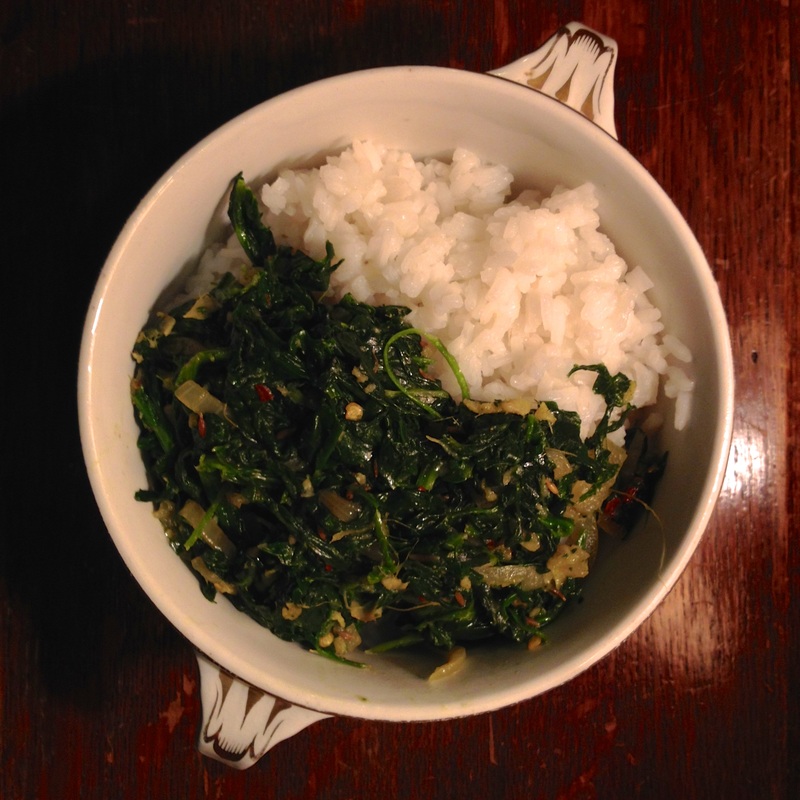


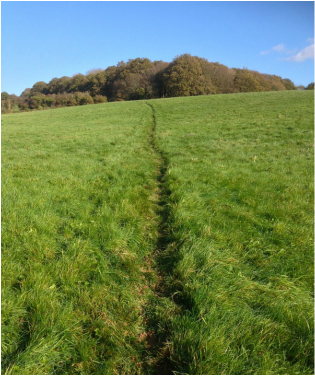


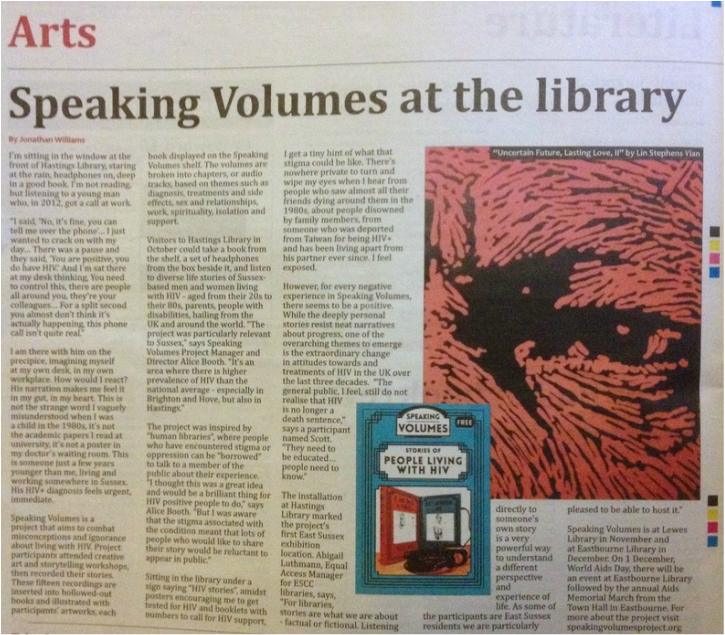
 RSS Feed
RSS Feed
